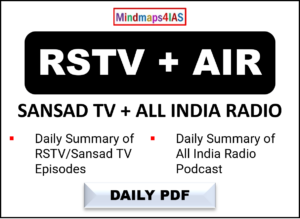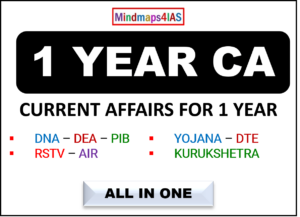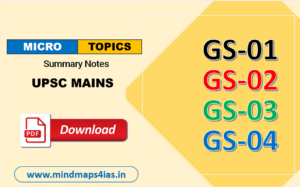National Plan for Conservation of Aquatic Ecosystems and Wetlands Rejuvenation Programme aims to conserve India’s wetlands.
National Plan for Conservation of Aquatic Ecosystems (NPCA)
- Origin: Merged from the National Lake Conservation Plan and the National Wetlands Conservation Programme.
- Implementing Agency: Ministry of Environment, Forest, and Climate Change (MoEFCC)
- Objective:
- Comprehensive conservation and restoration of lakes and wetlands.
- Improvement in water quality.
- Enhancement of biodiversity.
- Integrated ecosystem restoration through a common regulatory framework.
- Activities:
- Wastewater Management: Interception, diversion, and treatment.
- Shoreline Protection: Lakefront development.
- In-Situ Cleaning: Desilting, de-weeding.
- Stormwater Management: Bioremediation.
- Catchment Area Treatment.
- Lake Beautification: Bio-fencing.
- Survey and Demarcation.
- Fisheries Development: Weed control.
- Biodiversity Conservation.
- Education and Awareness.
- Community Participation.
Wetlands Rejuvenation Programme
- Objective: Rejuvenate selected wetlands within a 100-day framework.
- Implementing Agency: Ministry of Environment, Forest, and Climate Change (MoEFCC)
- Approach:
- Developing Baseline Information:
- Document includes identification, location, site characteristics, biodiversity, ecosystem services, threats, and activities under Wetlands (Conservation and Management) Rules, 2017.
- Rapid Assessment of Wetlands Condition:
- Report Card System: 9 indicators under 4 categories:
- Wetland Area: % converted to non-wetland use since 2000.
- Hydrological Regimes: Choking of natural inlets/outlets, water quality samples meeting BOD/COD levels.
- Biodiversity: Invasive macrophytes, waterbird counts.
- Governance: Mapping, management plan, regulation status.
- Scoring System: Ranks from A+ (very good) to E (very low). Urban wetlands generally rank lower.
- Report Card System: 9 indicators under 4 categories:
- Enabling Stakeholder Platforms:
- Engagement and collaboration with stakeholders to foster ownership.
- Management Planning:
- Creation and implementation of comprehensive management plans for wetlands.
- Developing Baseline Information:
















